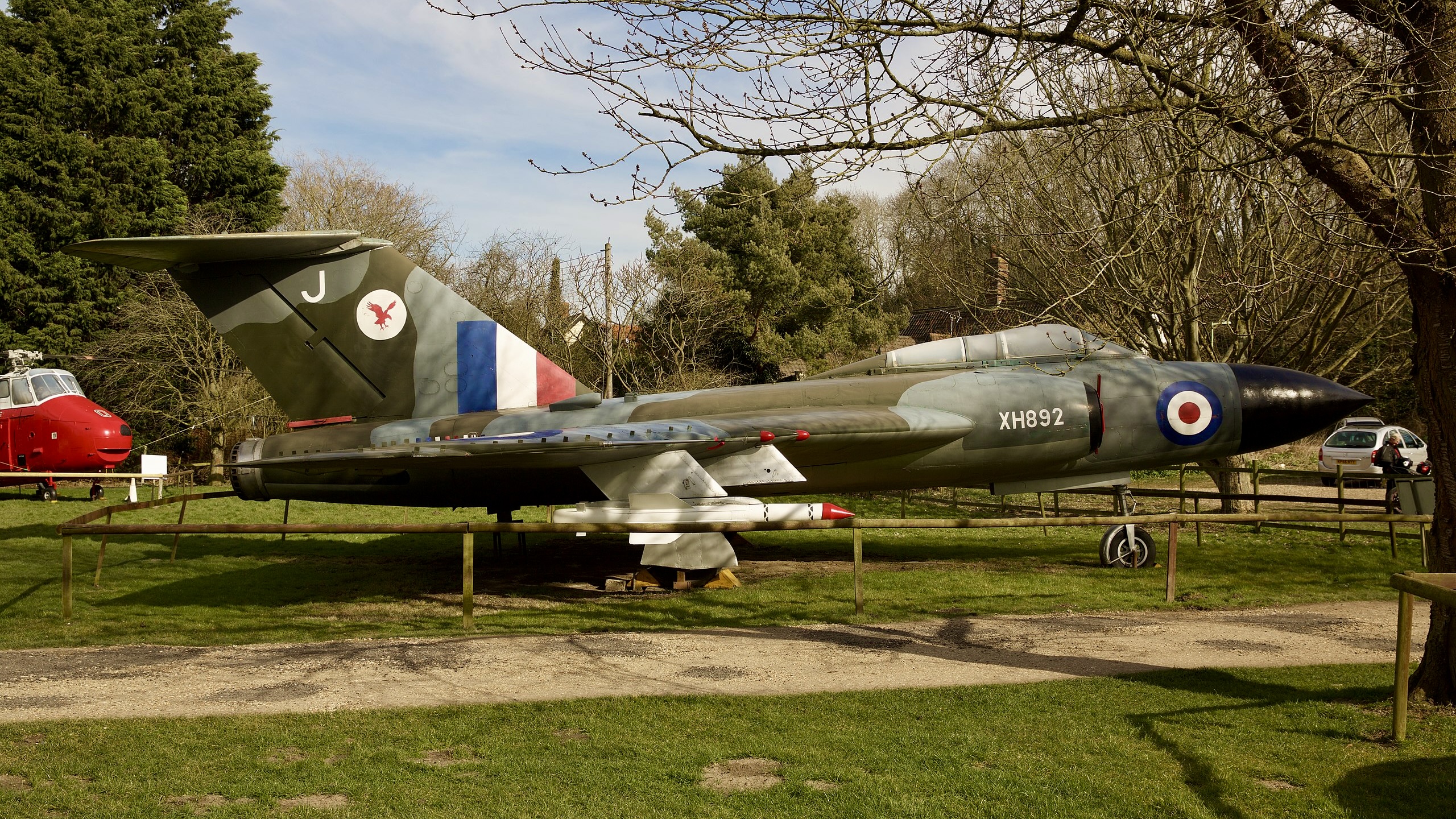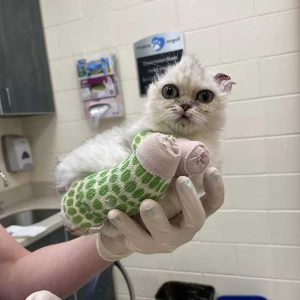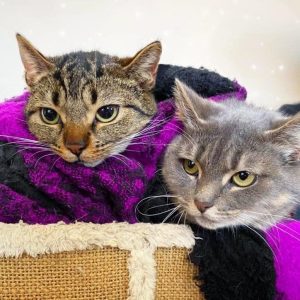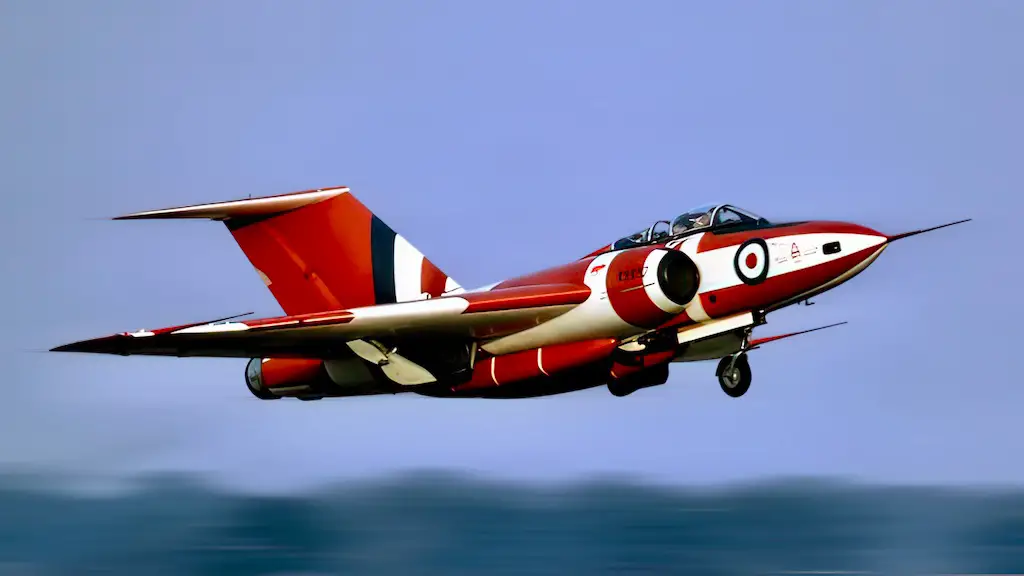
The Gloster Javelin was a unique British twin-engine, all-weather interceptor aircraft that played a significant role in the Royal Air Force (RAF) during the Cold War era. Designed and developed by the Gloster Aircraft Company, it was the United Kingdom’s first purpose-built, delta-winged aircraft. This article delves into the development history, strengths and flaws, operational history, and retirement of the Javelin.
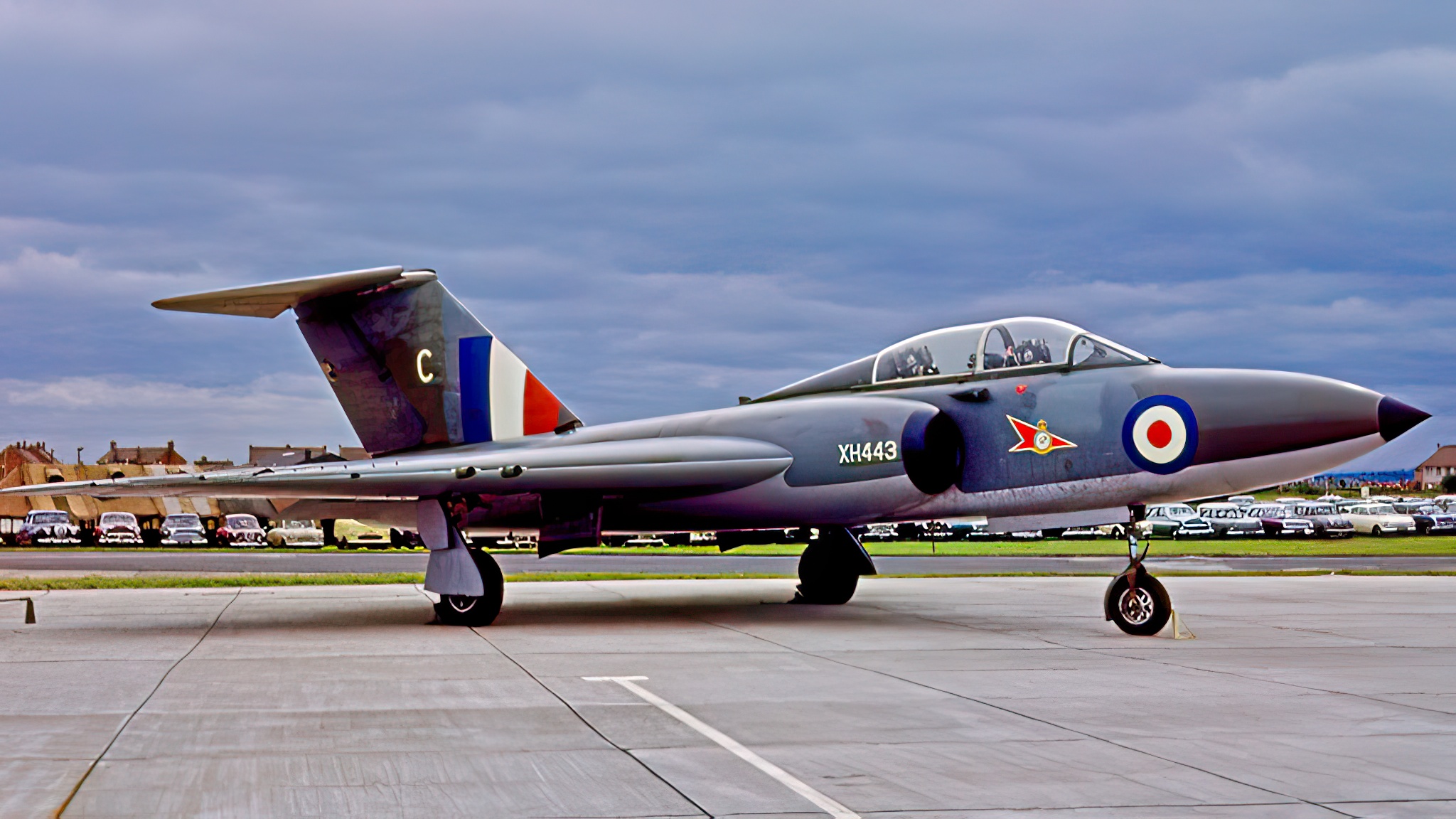
Development History
The Gloster Javelin’s development began in the late 1940s in response to Air Ministry Specification F.44/46, which sought a high-performance, all-weather, twin-engine jet-powered interceptor capable of combating the increasing threat posed by the Soviet Union. The design process involved several iterations, culminating in the prototype designated the Gloster GA.5.
The first prototype, Javelin XA546, took to the skies on November 26, 1951, and underwent an extensive series of test flights. It incorporated advanced technology for its time, such as power-operated ailerons, a fully pressurized cockpit, and radar-assisted fire control. The aircraft was powered by two Armstrong Siddeley Sapphire turbojet engines, which provided a top speed of approximately 710 mph.
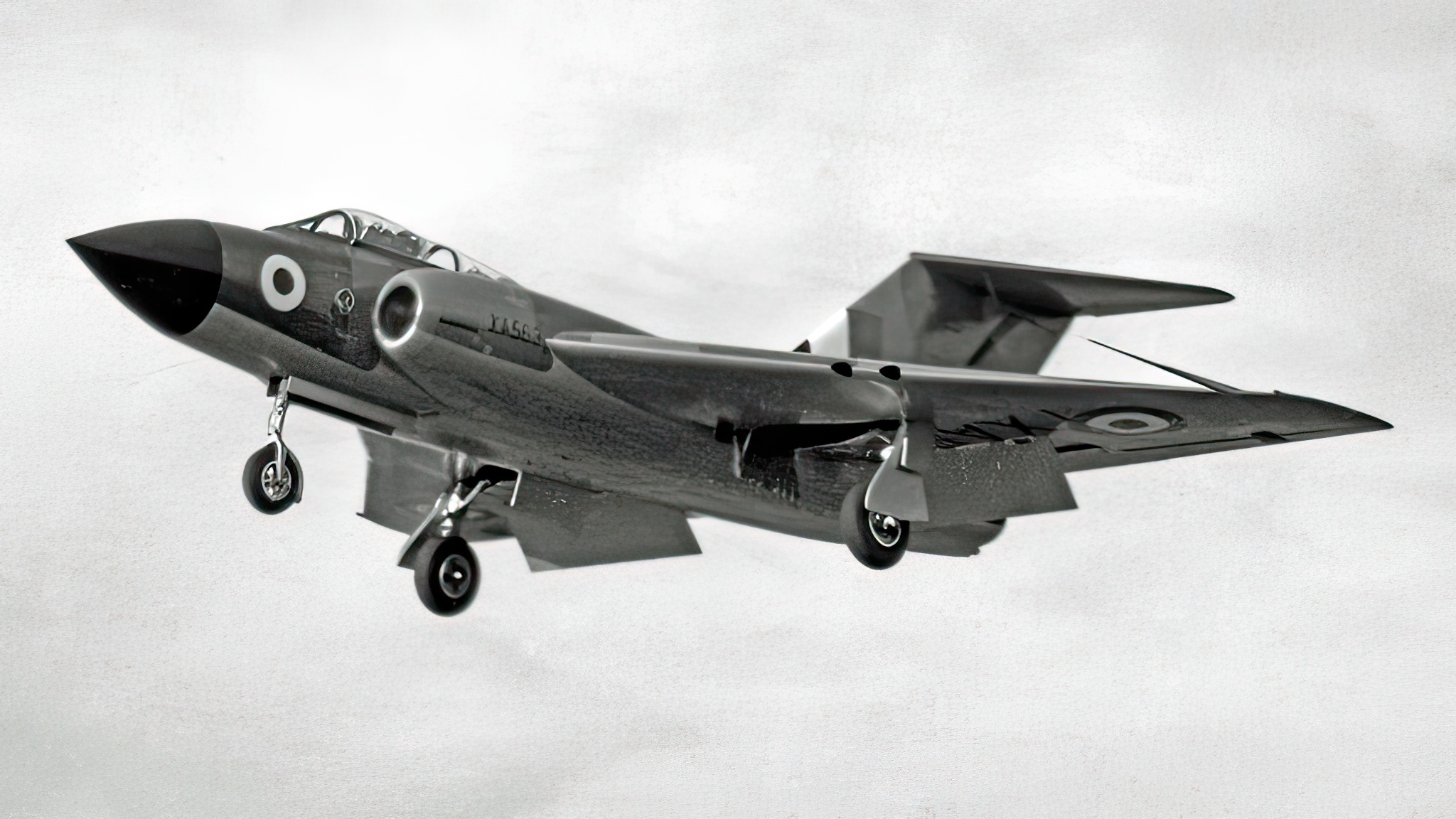
Strengths and Flaws
One of the Javelin’s key strengths was its all-weather capability, a crucial feature during the Cold War, when the potential for conflict could arise at any time. The aircraft featured a fully integrated radar and fire control system, which allowed it to effectively engage targets even in adverse weather conditions.
The Javelin’s delta-wing design offered excellent high-speed performance and stability, along with an impressive rate of climb. Its substantial range and endurance were also advantageous in the interceptor role. Furthermore, the aircraft’s large size facilitated the integration of more advanced radar and weapons systems as technology progressed.
However, the Javelin was not without its flaws. Its complex design and advanced systems led to a lengthy and costly development process. The aircraft’s large size and weight contributed to limited maneuverability, and it was plagued by various engine issues, including compressor stalls and flameouts. Additionally, its delta-wing design resulted in a higher landing speed, which posed challenges for pilots, particularly during poor weather conditions.
Operational History
Despite its flaws, the RAF put the Gloster Javelin into service in February 1956, and it became the backbone of Britain’s all-weather interceptor force throughout the late 1950s and 1960s. The aircraft found deployment in various locations, including the UK, Cyprus, and Singapore.
Throughout its service life, the Javelin took part in several international exercises, demonstrating its capabilities as a formidable interceptor. While it never engaged in direct combat, it maintained an essential role in upholding the UK’s air defense amid the heightened tensions of the Cold War.
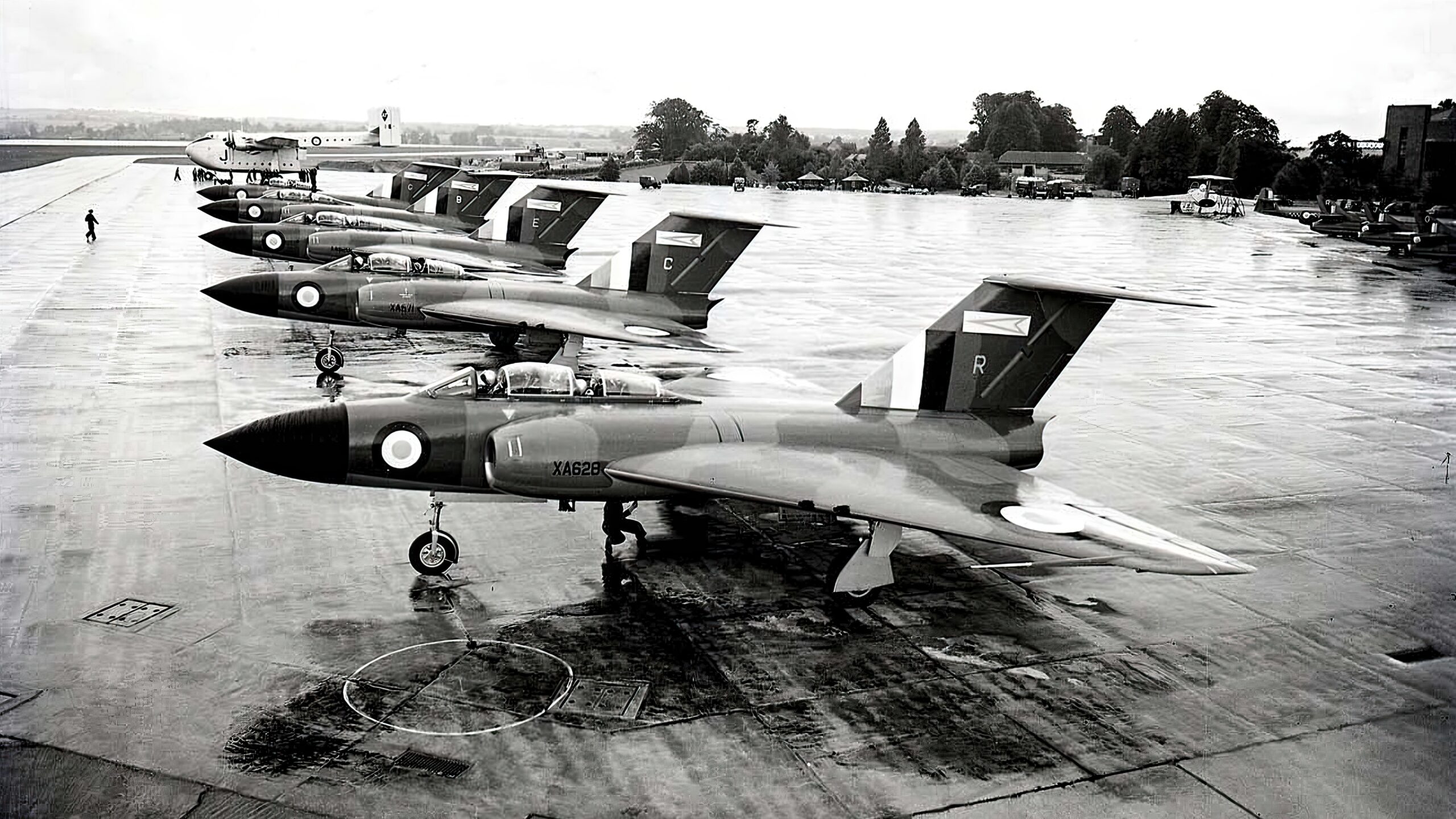
Retirement
As aircraft technology advanced, the shortcomings of the Gloster Javelin grew increasingly apparent, leading to its gradual replacement by more modern and capable aircraft, such as the English Electric Lightning. In April 1968, the RAF disbanded the last operational Javelin squadron, No. 60 Squadron.
